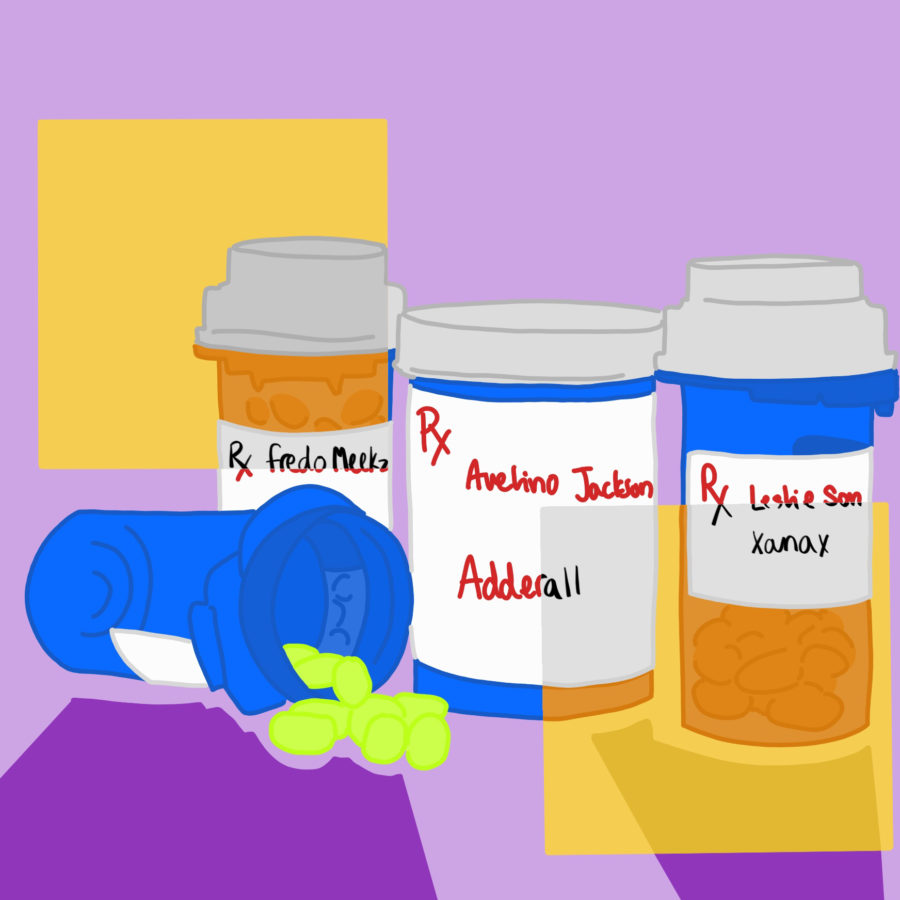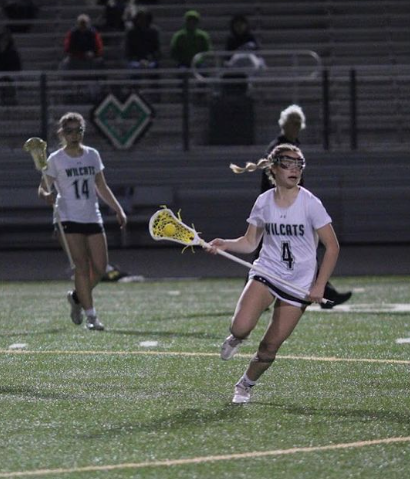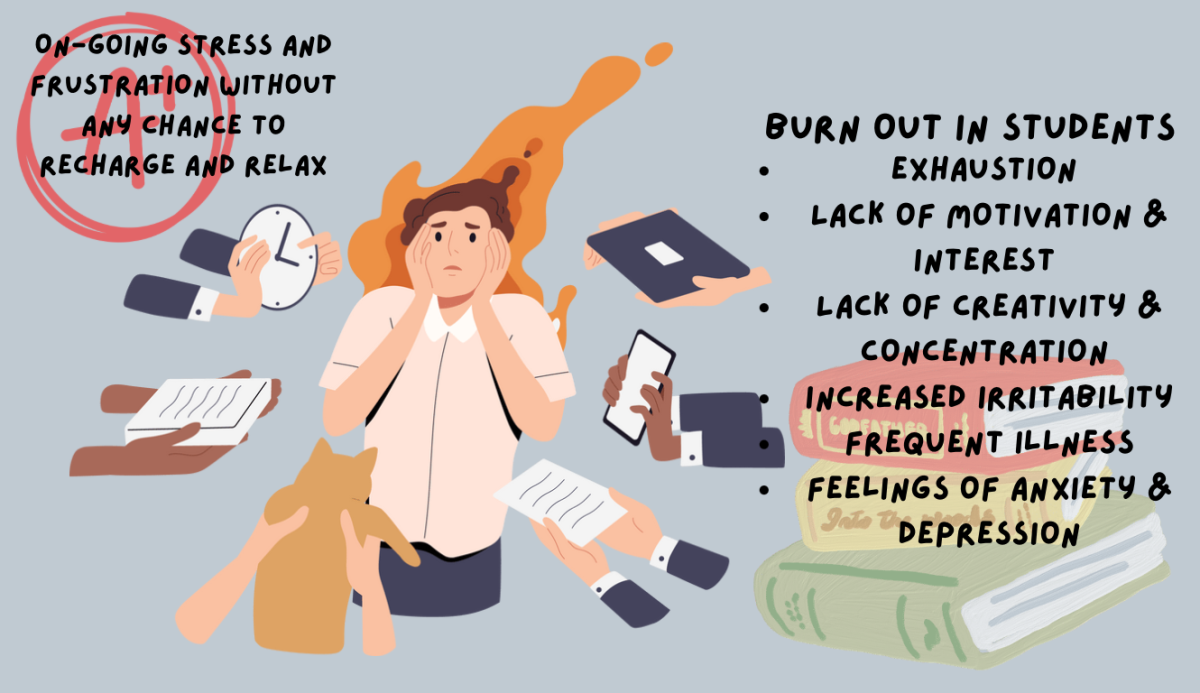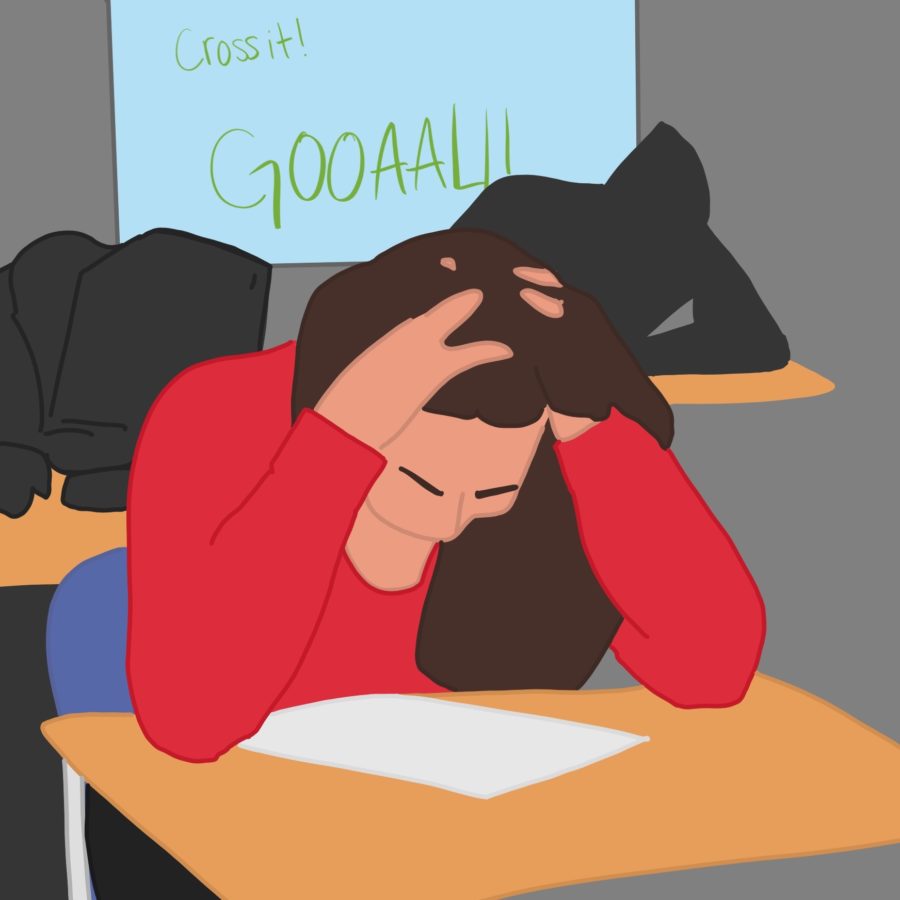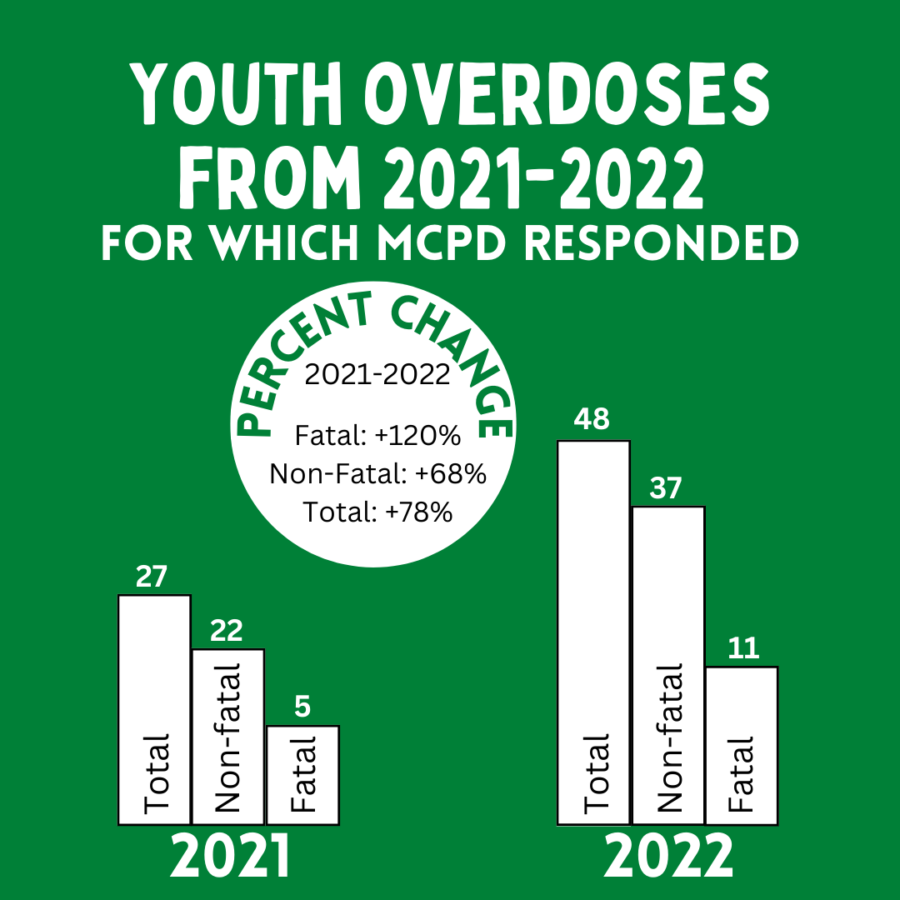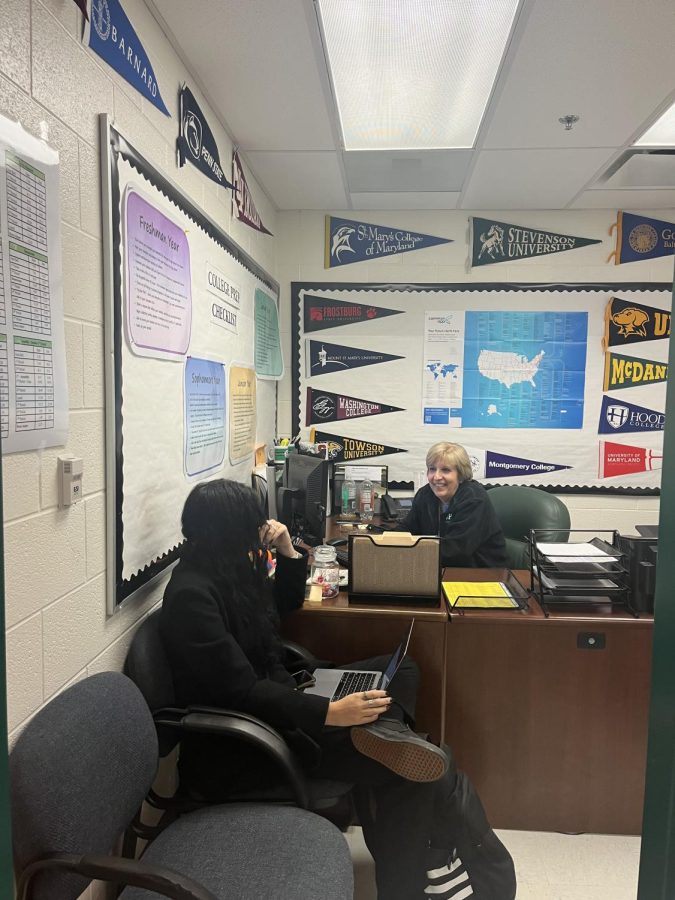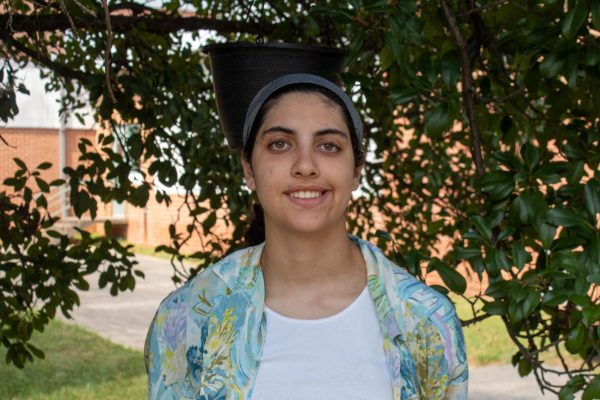It’s high school where kids are the most self-conscious of themselves and are desperately trying to fit in. Some manage their way to a decent friend group that allows for individuality: a group where everyone is so different from each other that differences aren’t highlighted to separate, but as a way to be celebrated. Others, however, aren’t as fortunate and end up falling into the deep trap of trying to impress a group of people who really don’t care about them.
This past school year, in MCPS, there have been 48 overdoses among 21-year-olds and younger, 11 of which were fatal. Parents and adults think that it’s an easy fix; they sit us down, have the “talk” and tell us to “just say no”. When has “just say no” ever worked? If anything, it leads to bullying before even more peer pressure.
A majority of this problem could be prevented by cutting it off at the root. However, it becomes difficult when there is a stigma that kids’ acceptance to the idea is what’s causing so many overdoses. The actual cause is how easy it is to access prescription drugs. Prescription drugs such as Adderall, Xanax, Oxycontin and Percocet are being laced with Fentanyl, the substance that is causing a majority of the overdoses in MCPS.
We need to be focusing our attention and resources on the people who are lacing drugs and selling them to students. Instead of advising kids and students to report any strange activity surrounding drugs, MCPS advises “Get smart about opioids and the dangers of illicit fentanyl.” While that is important as well, how many times are we going to hear “educate yourselves”?
We’ve taken health class after health class, teaching us about what drugs can do and to avoid them. Despite this, it’s clear that if the number of overdoses is increasing, it’s not working. I know that peer pressure is a dangerous cycle to fall into. However, it’s high school; kids are bound to be drinking, smoking and going to parties. Students are going to make mistakes. Adults should accept that and do more to work around it. Students have done their part.
Health teachers and adults should instead teach us how to take protective measures like how to administer Narcan or where to safely report any dangerous activity regarding drugs.
Just this week, big, yellow posters have been placed right outside some bathrooms with a QR code to promote safe and anonymous reporting of any strange activity in the bathrooms. While it is a step in the right direction, it’s also very poorly implemented. It would be very noticeable to stop, pull out your phone and scan the code. It would reveal that you are reporting something, and would take away from the whole point of anonymous reports. Instead, there should be a google form posted on all classrooms on Canvas where students can access it while also doing classwork.
Teachers and adults should also try and find out why many students are turning to drugs in the first place. It’s not enough to have a Wildcat Wellness once a week in one class period. Half of the time, we have a short week, and Wellness isn’t even implemented. There are many times where students find themselves needing to go to the counselor but are too overwhelmed with school work, homework, sports, classes in general and feel like if they miss something, they miss everything. Our school should be doing more to cater to all students, acknowledging the difficulty of our classes instead of suggesting we just go during lunch. Wildcat Wednesdays should be implemented again, instead of going to homeroom, classes should just not teach anything and allow for students to ask questions regarding classwork.
The fentanyl problem is only going to grow if stronger action against it is not going to be taken. We are done with adults telling us to “just say no” or to “educate yourselves” when the problem is much bigger than a simple phrase. The more delayed the reaction, the harder it is to recover and contain. We need a plan now.


































